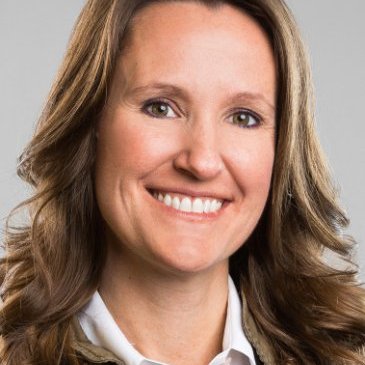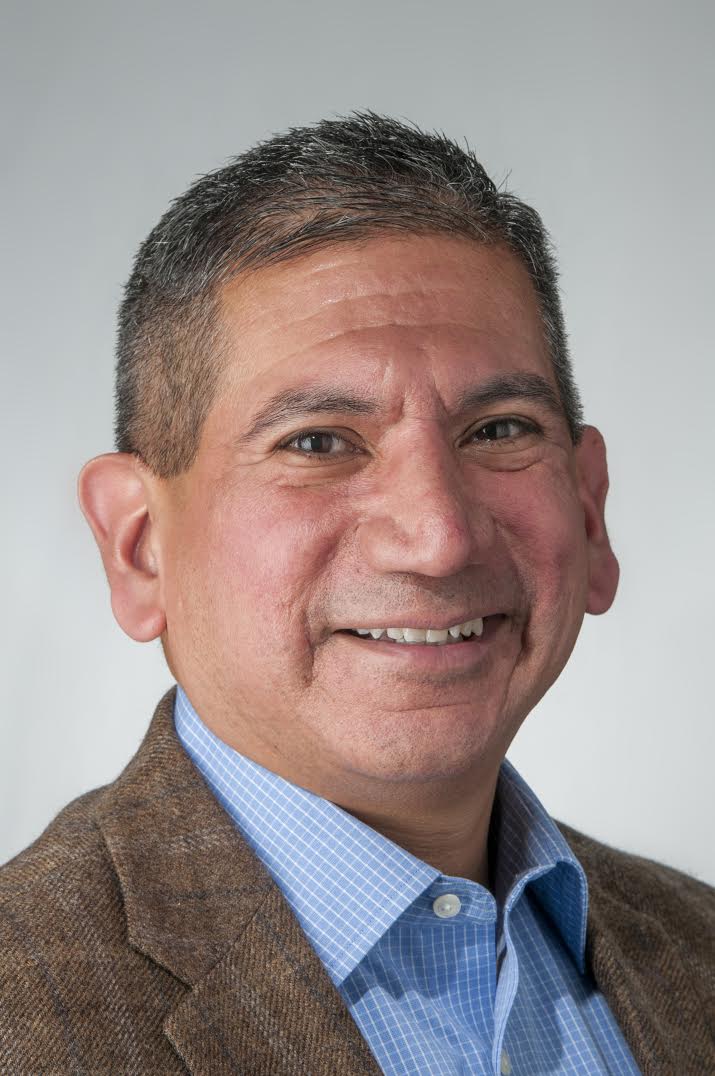You have /5 articles left.
Sign up for a free account or log in.
Goldey-Beacom College faced a barrage of criticism (and apologized) last month over a promotion it mailed to high school students. The promotion highlighted the Delaware college's commitment to career preparation and scholarships for its pep band. But it did so by trashing music majors.
"Heading off to college to major in music? Well, good luck with that!" said the promotion, which was quickly posted to Twitter and Facebook. "Want a college degree that leads to a real job instead? Bring your instrument to Goldey-Beacom College, earn a practical degree that leads to meaningful employment and join our newly formed pep band to satisfy your continued passion for music."
In some ways, Goldey-Beacom was doing what many marketing experts recommend: differentiating itself from other institutions. But many prospective students (not to mention musicians nationwide) were offended. How can colleges differentiate themselves without crossing a line? We asked admissions and marketing experts. Here are their answers:
 Craig Goebel, principal of Art & Science Group
Craig Goebel, principal of Art & Science Group
When a college is considering how to best differentiate itself from the competition it needs to know the answers to at least three questions. First, which colleges do your prospective students attend instead of your college and to what degree? The majority of colleges are not competing head-to-head with only one or two other colleges for the majority of students and so directly trying to position yourself against them will fall flat for most of your prospects.
Second, who is it you seek to appeal to? Understanding the strategic goals of your institution is key to focusing your marketing efforts.
Third, what is it about your institution that could be appealing to these students? Moving beyond a catchy tag line and concentrating on the substantive offerings of your college will do more to strengthen your competitive position than a snarky mailing. With thoughtful internal planning and rigorous empirical evidence of actual effects on prospective students behaviors an institution can best position itself for long-term success.
 Susan Hallenbeck, admissions expert at Hobsons
Susan Hallenbeck, admissions expert at Hobsons
IMHO, disparaging competitor institutions is like trash-talking your opponent in a political race. Sure, your die-hard supporters might enjoy it, but for those who aren’t familiar with your positions or who haven’t yet made up their minds about your qualifications, it sounds sort of desperate and can be a huge turn-off.
And the "difference" that was pointed out between your institution and a competitor may be meaningless to the very audience you’re trying to influence. Focus instead on your own strengths and values (academic programs, leadership opportunities, student life, etc.) and on the difference these things make in the lives and success of your students.
 Elizabeth Johnson, CEO of Simpson Scarborough
Elizabeth Johnson, CEO of Simpson Scarborough
"Differentiation" is often lauded as the holy grail of marketers and branders. But, the entire concept doesn't apply as well to higher education as it does to product companies. It's almost impossible for a university to identify a set of attributes that clearly separate it from its competitors. Moreover, most colleges are reticent to mimic the Coke vs. Pepsi challenge and make direct comparisons to another institution. It just doesn't feel right in higher ed. Instead of focusing on differentiating, colleges need to identify what’s real, relevant, and rare about the institution.
To develop a strong brand strategy, institutions need to identify both the rational and emotional factors that draw people to their brand and keep them connected for a very long time. Colleges are often pretty good at figuring out the rational attributes that build affinity for their institutions. They create messages around them an integrate those messages throughout their marketing. The problem is that consumer choice isn’t that logical. Choosing a college isn’t just about features. It’s an emotional decision and sometimes even seems irrational or illogical.
Colleges are significantly less adept at identifying the emotional connections to their brand because its driven by its people, its institutional personality, and its culture. These aspects of a university’s brand can be difficult to identify and articulate. But, an inspiring and enduring brand strategy lies deep within every college and university. Strong, thorough, and patient qualitative and quantitative research can dig out it out. And, once uncovered, the rational and emotional drivers can be woven together to develop a brand that while not “differentiating” in the strictest sense, can lead to extremely powerful marketing outcomes.
 John T. Lawlor, principal and founder of the Lawlor Group
John T. Lawlor, principal and founder of the Lawlor Group
Differentiating your institution almost by definition requires comparing yourself to the competition. But colleges walk a fine line if they highlight their own strength in an area by implying it’s a weakness at a specific competitor. It’s hardly ever a good idea to build yourself up by putting others down. lawlor photo doesn't go with the others -- is that the only one we have? dl
Doing so can not only alienate prospective students who are predisposed to viewing the competitor favorably, but also can be perceived as an attack on their own values. Instead a college should highlight its better performance on its strength in terms of objective measures. This is why we are strong advocates of capturing institutional data and conducting research to identify the institution’s perceived and real competitive position. Market intelligence informs intelligent marketing solutions.
 Abu Noaman, CEO of Elliance
Abu Noaman, CEO of Elliance
Surely Goldey-Beacom College marketers are aware of employer mindset, which values the synthesis, communications, social and information literacy skills of liberal arts majors as much as the applied skills of practical professions. Without doubt, they know that one third of captains of Fortune 500 companies were liberal arts majors. They would certainly know that employers increasingly want learning workers, not just knowledge workers.
When it comes to competitive strategy, Shakespeare said it best: "This above all: to thine own self be true." Competitive strategy rooted in authenticity is the surest path to brand salvation. That means celebrating the undeniable strengths of a college, supported by the stories of its real heroes i.e. students, alumni and faculty. Instead of taking shots at others, I recommend Goldey-Beacom College marketers invest in finding their inherent strengths and celebrating them with verve and drama.
 Robert Ruiz, vice president of strategic enrollment at Liaison International
Robert Ruiz, vice president of strategic enrollment at Liaison International
Frame the conversation around what you know you do well. Emphasize your strengths rather than your competition’s weaknesses. ruiz photo is too deep -- needs to be cropped so it doesn't run into the next one. dl
You may not enroll all of the students whom you accept, but you’ll ensure that those who choose your institution are making the right choice -- a win for the students and a win for your retention rates as well.
 Michael Stoner, co-founder and president of mStoner
Michael Stoner, co-founder and president of mStoner
In general, I believe that institutions are better off identifying and focusing on what distinguishes them instead of making comparisons to other colleges or universities. Fostering the student experience -- in its particulars and in its totality -- will benefit students and, in turn, the institution, as students talk about what they’re learning and how it affects their lives.
For example, I attended a visit day at a liberal arts college several weeks ago with a prospective student. We heard about the innovative curriculum and some distinctive programs from the the admission staff. But what really resonated was when students on the panels we attended shared examples of the impact these programs had on their personal and intellectual lives. They contrasted their own experiences with those of friends on other campuses. These genuine and unscripted stories were very compelling, the more so because many were personal and unprompted.







